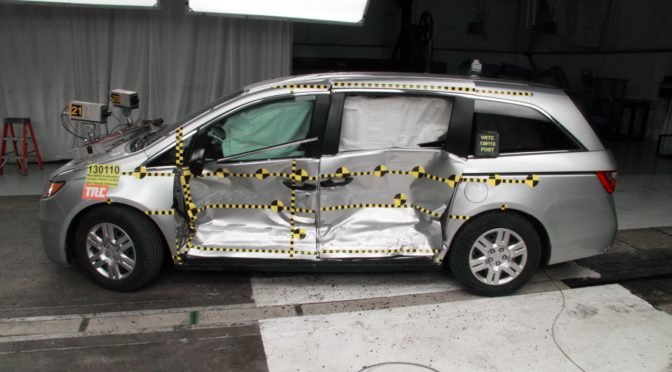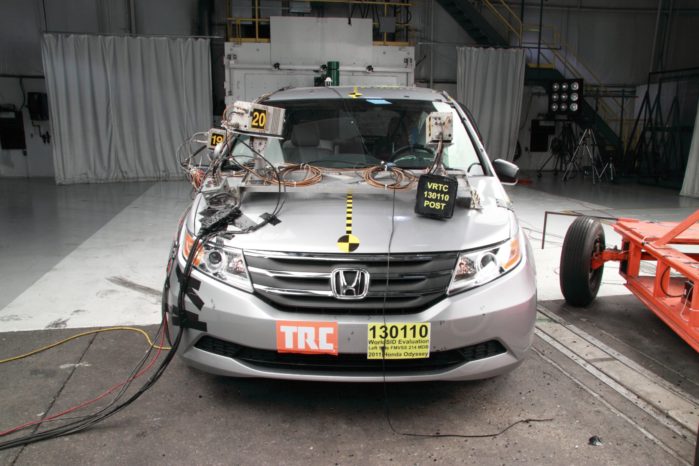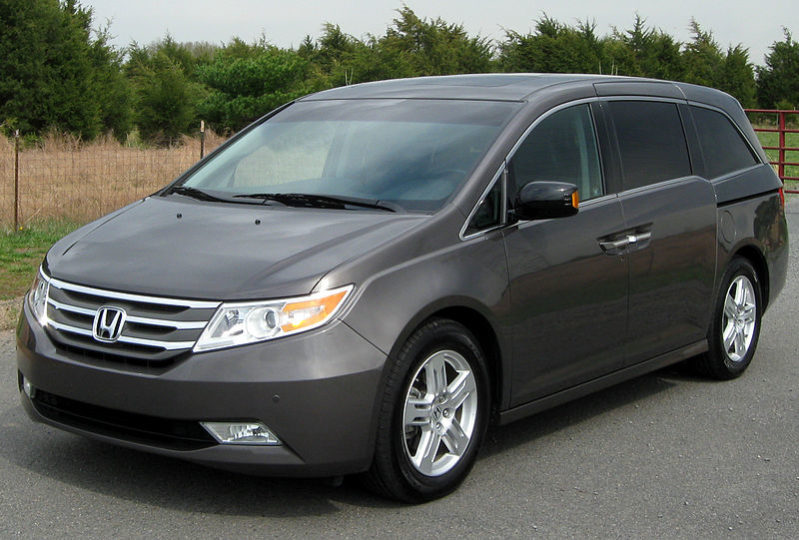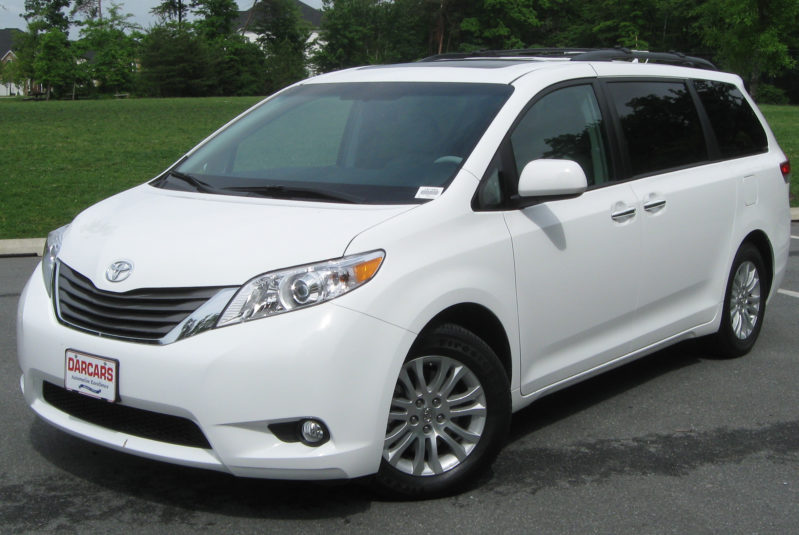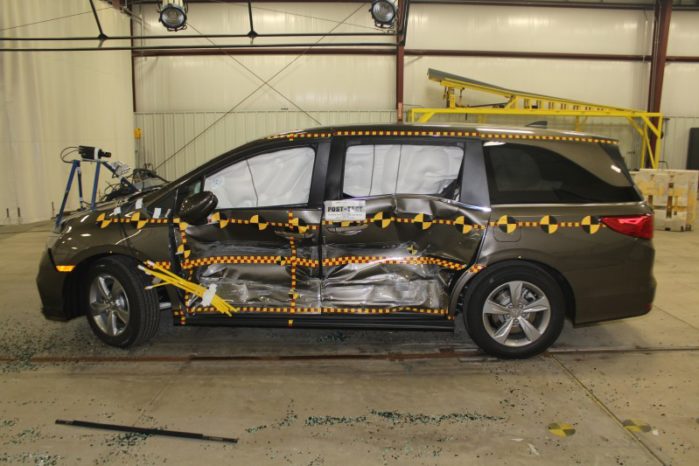
I’ve written endlessly about side impact collisions and how dangerous they can be for all of us who travel in passenger-sized vehicles. They are overrepresented in fatal crash scenarios, and have been so for years in every country with modern infrastructure. As illustrated in an earlier post on fatality rates in side impact collisions, even though only 21% of all collisions feature side impacts, 34% of fatal multiple-vehicle collisions involve side impacts, compared to frontal impacts, which make up 52% of all collisions and 56% of fatal multi-vehicle collisions, and rear impacts, which make up 28% of all collisions and only 8% of fatal multiple-vehicle crashes. To put it simply, despite side impacts being the least common type of crash, they’re proportionally the most likely to be deadly. So what can we do about them?
Which factors affect your odds of dying in a side impact collision?
No matter where you live, there are three primary factors in auto safety: how you drive, what you drive, and where you drive. You can reduce your odds of dying in a side impact collision by increasing your driving safety–e.g., avoiding driving entirely, limiting annual miles driven, following the speed limit, and so on. You can also improve your odds of survival by monitoring where you drive–e.g., on divided vs. undivided roads, or in areas with lower speed limits, speed and traffic cameras, and forgiving roads. However, today we’ll look at how to increase your odds of avoiding and surviving side impact crashes by changing what you drive–specifically by choosing the minivans with the greatest levels of side impact resistance available in 2018.
Structural integrity (crush distance) as a metric for side impact resistance
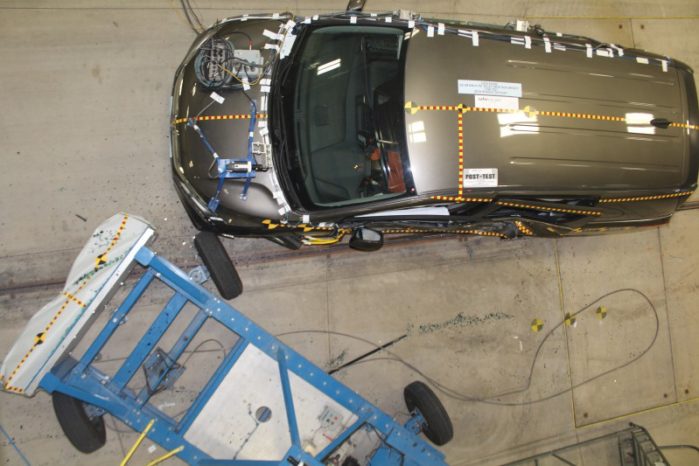
I’ve written about the IIHS’ side impact test in detail in previous posts on surviving side impact crashes in cars, minivans, and SUVs, but here’s the short version: the IIHS has a side impact test that involves ramming a 3,300 lb barrier (with the same height and size profile of an equivalent-weight SUV) into a vehicle’s side at 31 mph, delivering 143.7KJ of kinetic energy. This deforms every vehicle to some degree at the B-pillar, and the IIHS’ subscore called the “structure and safety cage” measures how deeply the B-pillar intrudes into the center of the driver’s seat during the collision. The less it does, as reflected by increased distance between the B-pillar and the center of the driver’s seat, the better. We’ll use this metric to rank the minivans on the market.
I combed through test scores of every minivan currently sold in the US to make this list, and it’s accurate as of mid October 2017, with images sourced from yours truly, Wikipedia, or the NHTSA. The 2016 minivan side impact review is here.
The 5 safest minivans for surviving side impact collisions in 2018
21.5 cm – 2018 Honda Odyssey.
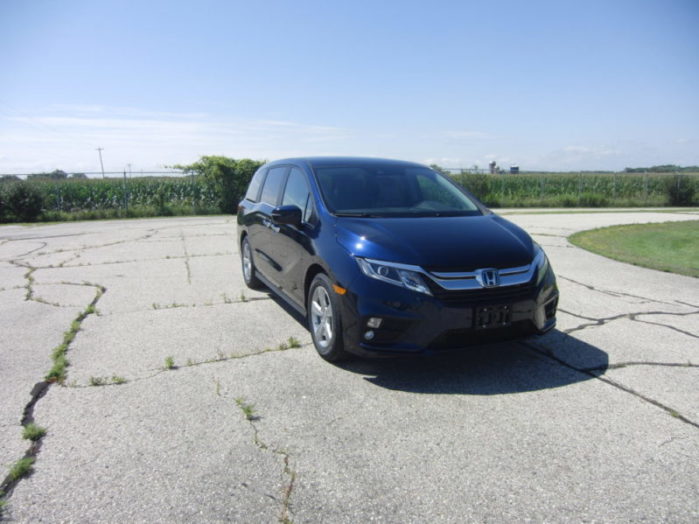 The newest version of the Honda Odyssey looks, feels, and drives very similarly to the prior generation; it speaks to the strong foundation established in the model that preceded it. The most significant change in side impact protection is a slight increase in door and frame strength leading to a B-pillar distance of 21.5 cm from the center of the driver’s seat.
The newest version of the Honda Odyssey looks, feels, and drives very similarly to the prior generation; it speaks to the strong foundation established in the model that preceded it. The most significant change in side impact protection is a slight increase in door and frame strength leading to a B-pillar distance of 21.5 cm from the center of the driver’s seat.
19.5 cm – 2017 Chrysler Pacifica.
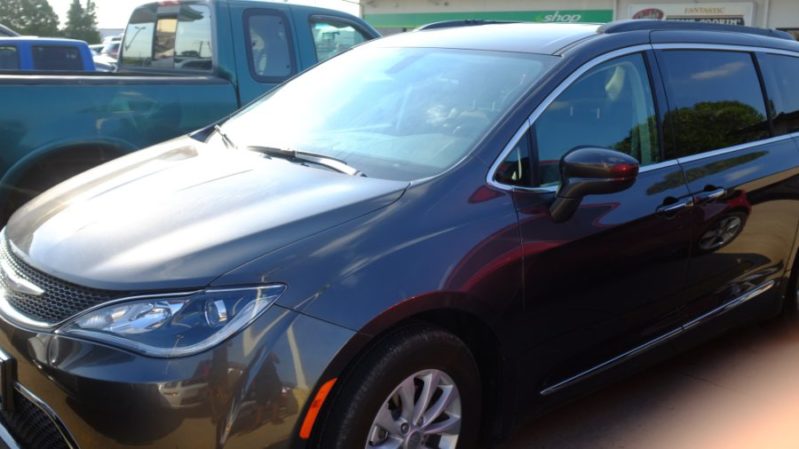 The last time I wrote a side impact comparison of minivans available in the US and Canadian market, the Chrysler Pacifica had just come onto the scene and pushed the Odyssey out of first place for the first time since 2010, when the Sienna led with 8.5 cm. Chrysler brought their A-game to the Pacifica, and I was happy to see a significant challenger to the Odyssey’s 6-year reign from 2011-2016. However, with the new Odyssey, the Pacifica has slipped into second place, which is still very respectable. The difference between it and the first place ’18 Odyssey is a scant 2 cm.
The last time I wrote a side impact comparison of minivans available in the US and Canadian market, the Chrysler Pacifica had just come onto the scene and pushed the Odyssey out of first place for the first time since 2010, when the Sienna led with 8.5 cm. Chrysler brought their A-game to the Pacifica, and I was happy to see a significant challenger to the Odyssey’s 6-year reign from 2011-2016. However, with the new Odyssey, the Pacifica has slipped into second place, which is still very respectable. The difference between it and the first place ’18 Odyssey is a scant 2 cm.
18.5 cm – 2011-2017 Honda Odyssey.
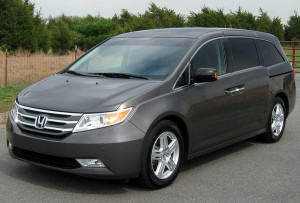 If the Pacifica receives credit for coming in only 2 cm behind the current Odyssey, the previous Odyssey deserves heaps of credit for having a 6-year old design (dating back to 2011) that falls only 1 cm short of a minivan more than half a decade newer (the current Pacifica) and 3 cm short of the current leader, which is the current Odyssey. The 2011+ Odyssey currently represents the sweet spot for side impact safety among used minivans, and its value is hard to beat. This van also had a driver death rate of 8 for the ’11-’14 model years per the most recent IIHS survey.
If the Pacifica receives credit for coming in only 2 cm behind the current Odyssey, the previous Odyssey deserves heaps of credit for having a 6-year old design (dating back to 2011) that falls only 1 cm short of a minivan more than half a decade newer (the current Pacifica) and 3 cm short of the current leader, which is the current Odyssey. The 2011+ Odyssey currently represents the sweet spot for side impact safety among used minivans, and its value is hard to beat. This van also had a driver death rate of 8 for the ’11-’14 model years per the most recent IIHS survey.
14.5 cm – 2015-2017 Kia Sedona.
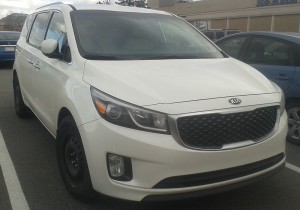 The Sedona is several cm behind the previous gen Odyssey and even farther behind the current Odyssey, but it still provides a solid 14.5 cm of side impact resistance at the B-pillar. Not enough have been sold to show up in any IIHS driver death rate surveys, but the previous generation Sedona was one of the best performing minivans of its generation, and it’s likely that the current generation Sedona will rank as well as the perennial chart-toppers, the Sienna and the Odyssey, once it sells enough models in the current generation.
The Sedona is several cm behind the previous gen Odyssey and even farther behind the current Odyssey, but it still provides a solid 14.5 cm of side impact resistance at the B-pillar. Not enough have been sold to show up in any IIHS driver death rate surveys, but the previous generation Sedona was one of the best performing minivans of its generation, and it’s likely that the current generation Sedona will rank as well as the perennial chart-toppers, the Sienna and the Odyssey, once it sells enough models in the current generation.
14-15.5 cm – 2011-2017 Toyota Sienna.
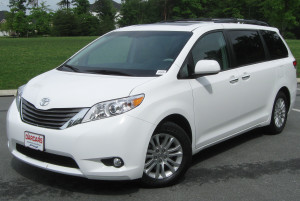 Finally, the Sienna rounds up the list of recent-model year minivans worth purchasing for side impact safety. At 14 cm of side impact resistance, it slots right behind the Sedona. A different test by Toyota gave it 15.5 cm, but I always rank via the lower score, as it’s the more conservative value. It’s worth keeping in mind that although the Sienna has less side impact resistance on paper than the equivalent 2011-2017 Odyssey, both vehicles have statistically identical driver death rates per the most recent IIHS driver death rate, showing again that how and where vehicles are driven has far more of an effect on driver safety than what vehicles are driven, even though both vehicles are nearly identical in on-paper safety to begin with.
Finally, the Sienna rounds up the list of recent-model year minivans worth purchasing for side impact safety. At 14 cm of side impact resistance, it slots right behind the Sedona. A different test by Toyota gave it 15.5 cm, but I always rank via the lower score, as it’s the more conservative value. It’s worth keeping in mind that although the Sienna has less side impact resistance on paper than the equivalent 2011-2017 Odyssey, both vehicles have statistically identical driver death rates per the most recent IIHS driver death rate, showing again that how and where vehicles are driven has far more of an effect on driver safety than what vehicles are driven, even though both vehicles are nearly identical in on-paper safety to begin with.
What about the Quest, Town & Country, and Grand Caravan?
There are several minivans that didn’t make the list because they’re so far behind the aforementioned minivans that I wouldn’t consider them if I had the choice. The Quest, Town & Country, and Grand Caravan continue to come in last position, just as they did when I last wrote this article. The Pacifica clearly shows Fiat Chrysler America can make a class-leading minivan when they decide to; they have not yet decided to with either the T&C or with the GC, both of which don’t score any better in side impact resistance in 2017 than the 2006 Toyota Sienna made *11* years earlier.
What if I can’t afford any of these vans?
Remember that no matter what you’re driving, and whether your van appears on this list or not, the majority of your family’s safety won’t depend in majority on your minivan (or SUV, or car, or pickup truck). It will depend on the degree to which you consistently choose safe speeds, follow best practices with car seats, and choose safe roads. These are the factors that have the greatest impact on whether you can avoid and survive car crashes, no matter whether you’re in a 2018 Odyssey, a 2006 Sienna, or anything in between.
—
If you find the information on car safety, recommended car seats, and car seat reviews on this car seat blog helpful, you can shop through this Amazon link for any purchases, car seat-related or not. Canadians can shop through this link for Canadian purchases.

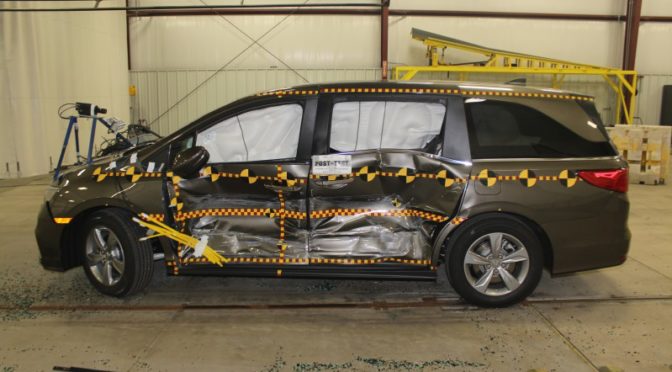


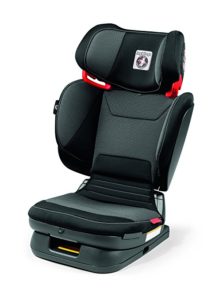
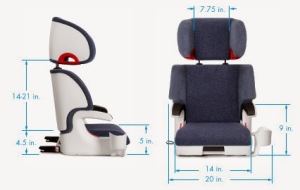
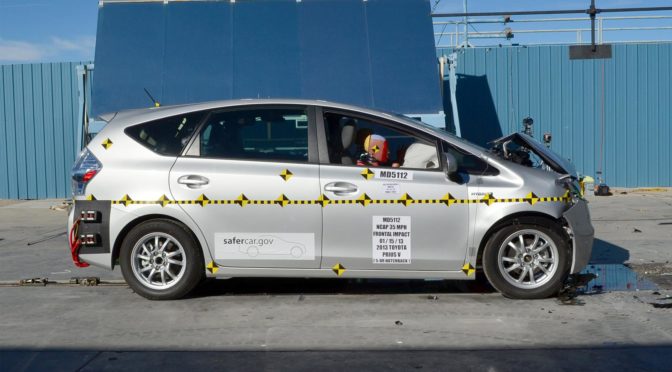
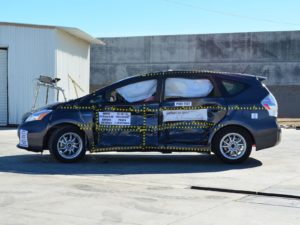
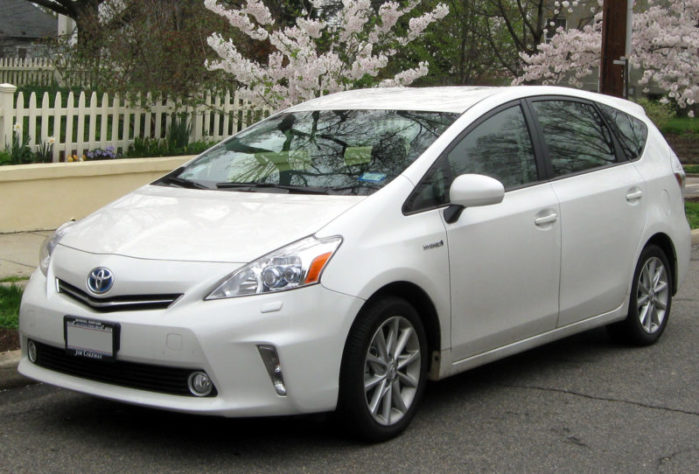
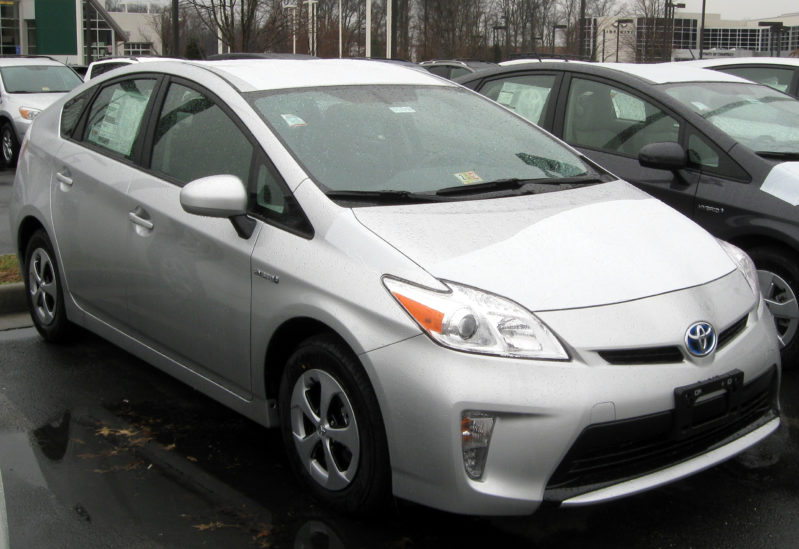
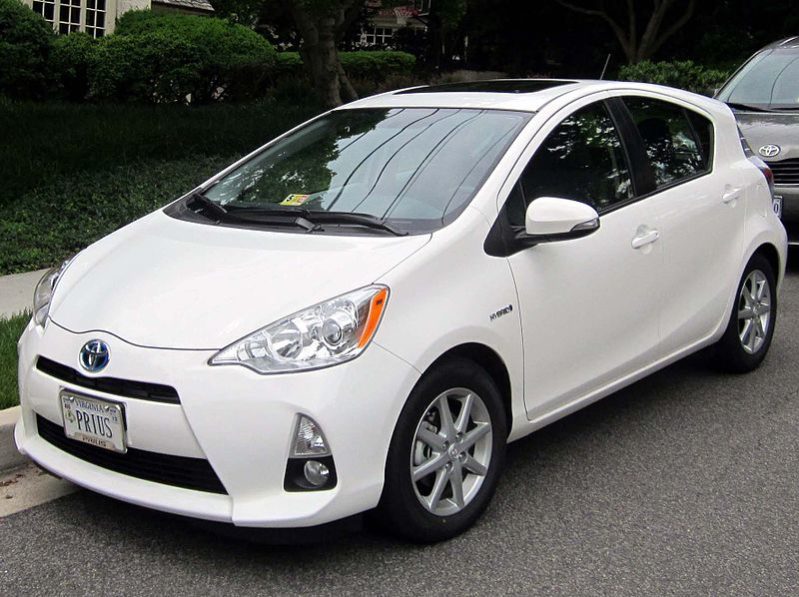
 If you find my information on best practices in car and car seat safety helpful, you can
If you find my information on best practices in car and car seat safety helpful, you can 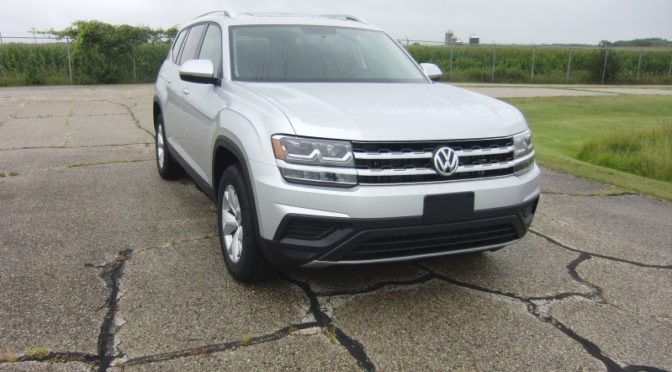
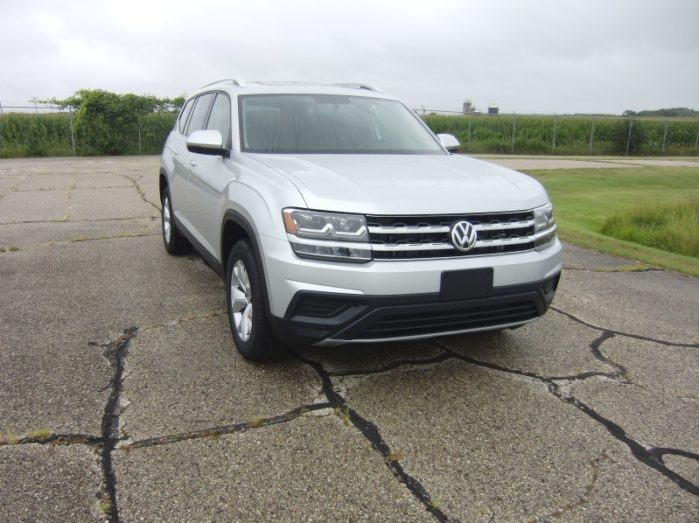 2018-2019 Volkswagen Atlas
2018-2019 Volkswagen Atlas